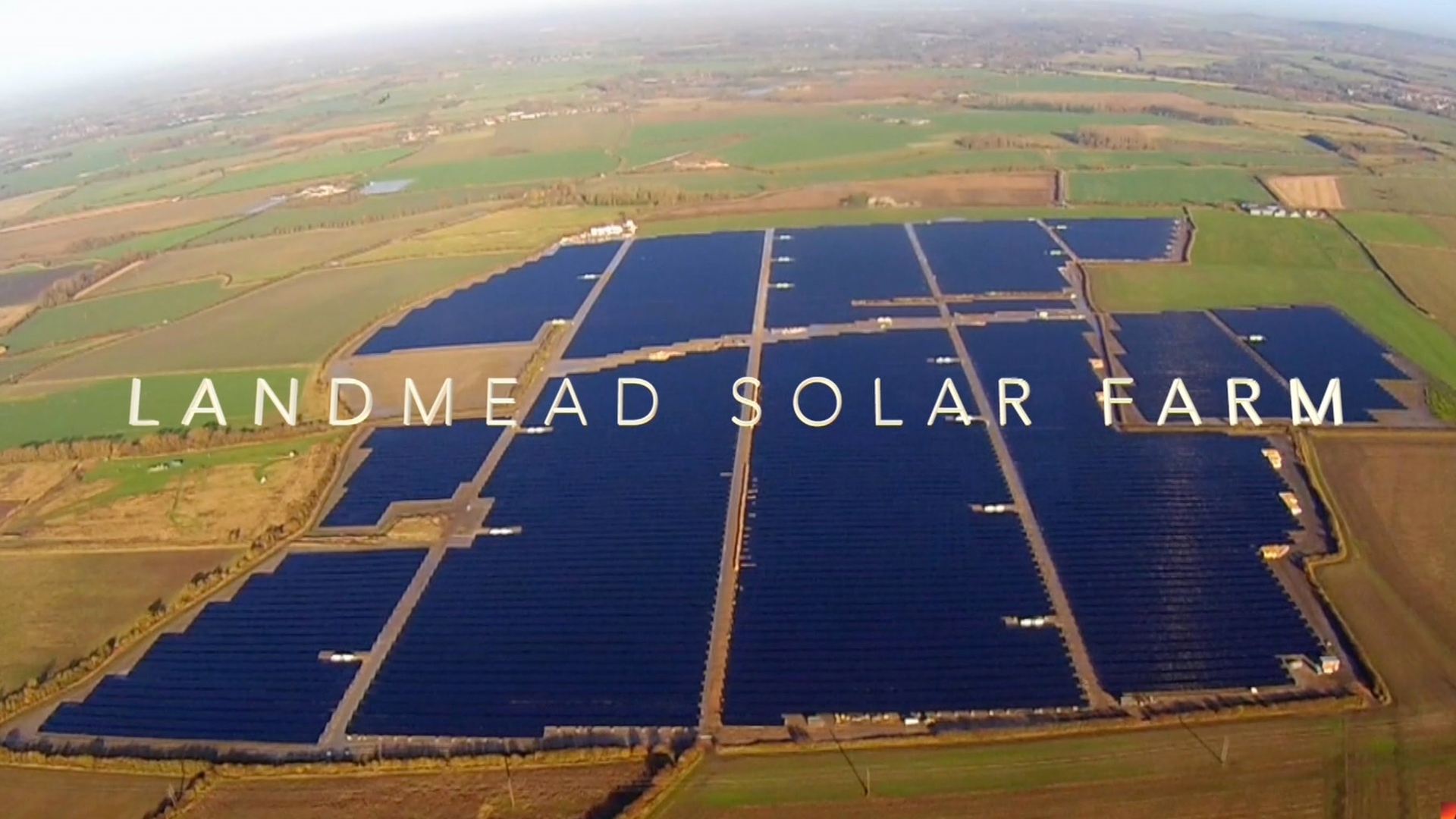Robotics And Automation In PV Manufacturing

Christelle Barnes, UK Country Manager, SolarEdge Technologies
As the demand for solar energy increases there is continuous pressure to improve quality and reliability and to decrease price on products. To remain competitive in this type of environment, manufacturers need to increase their output, maintain or improve quality, while reducing costs. While these may seem like inherently opposing goals, they can all be achieved by transitioning to an automated assembly line. However, this process requires careful and detailed planning and creative problem solving.
Labour-intensive manufacturing creates a number of challenges in terms of efficacy and limits both the quality and quantity of products being manufactured. Strong dependency on human labour means that a ramp-up or ramp-down in response to change in demand is slow. Fast ramp-up typically requires the hiring of new employees and an intensive training process. Not only does this generally slow down a manufacturer's market response time, but during the onboarding process it has the potential to also increase the statistical likelihood of quality issues caused by human error. Automated assembly is intended to reduce quality problems related to human error, reduce the amount of labour required for production, increase production speed and ramp-up, and decrease production costs. Automation is also intended to ensure consistent and sustained high-quality and reliable products by significantly decreasing downtime to only a few hours of maintenance and cleaning per month. The impact of moving to an automated system not only can help to improve the competitiveness of the manufacturer, but also downstream. This means distributors can supply products when needed, installers can create more attractive quotes, and PV system owners can have increased system uptime.
Besides overcoming quality and quantity limitations, automation in manufacturing may also allow for increased sustainability in multiple areas, thus furthering the benefits of going solar. Manufacturing that is heavily reliant on human labour often requires that the facility be located in regions offering lower labour costs. This in turn can increase the exposure to potential geopolitical upheavals, economic risk, and environmental factors that can impact product quality, price, and supply. Automation in manufacturing helps to overcome these potential obstacles and diversifies the risk by making it easier to duplicate manufacturing in other regions. Because the manufacturing is no longer limited to specific regions, manufacturers can set up plants closer to distribution and installation centres and therefore potentially reduce shipping costs and pollution. Another important aspect of increased sustainability is the decrease in material waste. The highly-repeatable tasks involved in automated assembly enable precision so that the exact amount of material, such as potting material, can be used without any or with minimal waste. Also helping to decrease material waste is the fact that there is no scrapped material created by human error.
Just as innovation is required to develop leading products, so too is it essential for transitioning to automated manufacturing. In order to meet high-quality and reliability standards, state-of-the-art manufacturing technology requires production speed, versatility, and precision. Meeting these requirements may mean completely re-thinking both the product and the manufacturing processes. For instance, products may need to be re-engineered for vertical assembly in order to allow for a less-complex manufacturing process. Automation may also require overcoming multiple challenges. When SolarEdge implemented an automated assembly line for the production of power optimizers, it was necessary to develop solutions for precise-torque screw assembly, two-phase potting dispensers, accurate placement, and in-line testing. These required new developments in the manufacturing process, showing that embedding innovation at all levels of a company can be beneficial.
While the financial impact of automated manufacturing is often touted as the major added value, there are important benefits that are passed throughout the supply chain that may impact the viability of an entire industry. For instance, at a company level, automation has helped SolarEdge keep up with downward price pressures while providing a strategic advantage in the growing and competitive MLPE market sector. But at the industry level, we see that it has helped meet the growing demand for MLPE in PV systems, which ultimately helps increase the proliferation and availability of solar energy.





























